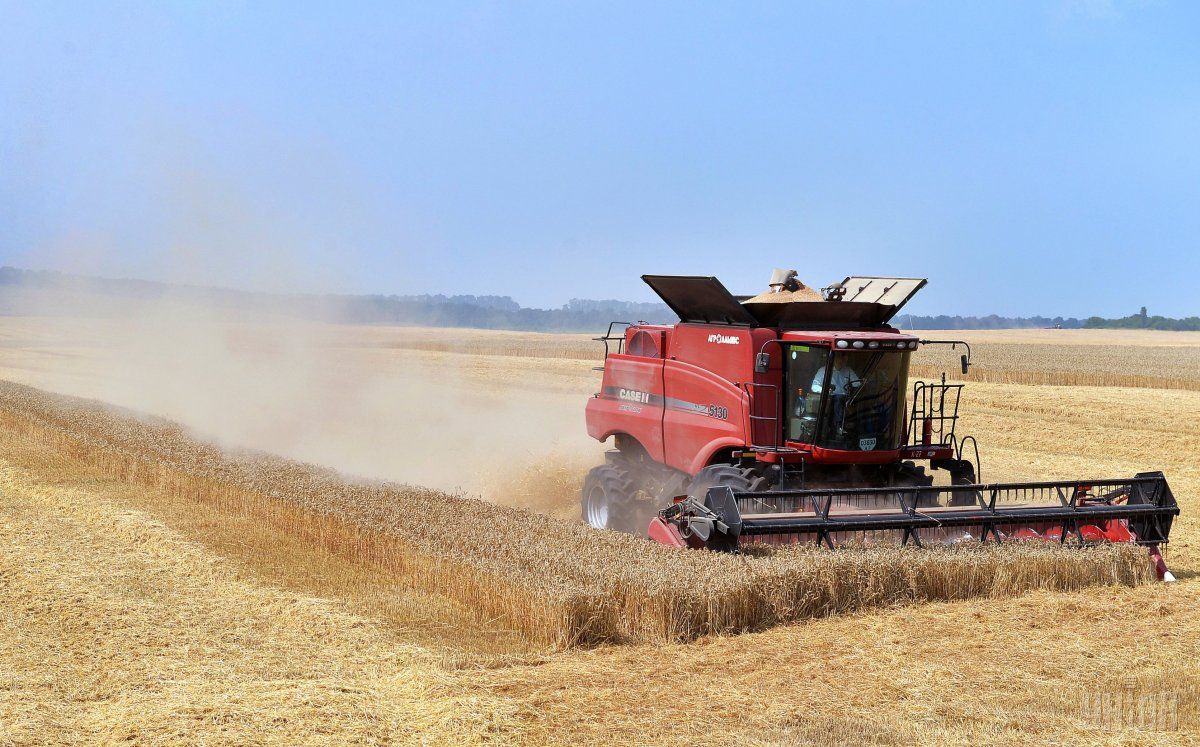
Agri-year of records and new challenges
In the past year, Ukraine’s agricultural sector has set two historical records. The farmers reported the record grain yield and scheduled record volumes of exports by the end of the marketing year. In an article continuing the review of 2016, UNIAN reports on the other victories of Ukraine’s agribusinesses, the main challenges the industry faced 2016, and forecasts for 2017.
Agriculture, one of the key sectors of Ukraine’s economy, in 2016 showed positive trends. According to the State Statistics Service, over the 11 months it rose by 2.9% y-o-y. There are reasons to believe that the entire industry will complete the year of 2016 with the same result. In 2015, agricultural production had fallen by 4.8%.
First of all, the growth of agricultural production is due to a record grain harvest, which the country has managed to secure even against the backdrop of the annexation of Crimea, Russian aggression in the east, and the loss of the Russian market. According to estimates of the Ministry of Agrarian Policy and Food, in the past year the farmers harvested 64.2 million tonnes of grain, so crop production will increase by 6% on the results of 2016. The previous record was set in 2014 with 63.8 million tonnes.
The boost in crops increases the volume of grain deliveries to foreign markets because cereals and oilseeds are the basis of Ukrainian exports. According to the Agrarian Ministry’s forecasts, in marketing year 2016-2017 (July 2016 - June 2017) the Ukrainian agrarians will export a record volume of 41.6 million tonnes of grain. As of late December, Ukrainian farmers have already exported 21.2 million tonnes. Major markets for Ukrainian grain exports are China, the Middle East, North Africa, and Western Europe.
Obviously, the Ukrainian agricultural producers do not wish to stop here and prepare conditions for a further increase in cereal production.
They have increased the area of winter crops for the next year's harvest by 4% - up to 8.1 million hectares. In the autumn sowing campaign, the share of insufficient sowing was at about 7% (11% a year earlier). At the same time, as of mid-December, 95% of crops have shown germination. Now, top priority of Ukraine’s farmers is maximum preservation of crops. And first of all, this depends on the favorable wintering conditions. So far, the weather in major grain-rich regions is conducive to the agrarians’ ambitious plans - to recover the glory of the world’s “grain basket”.
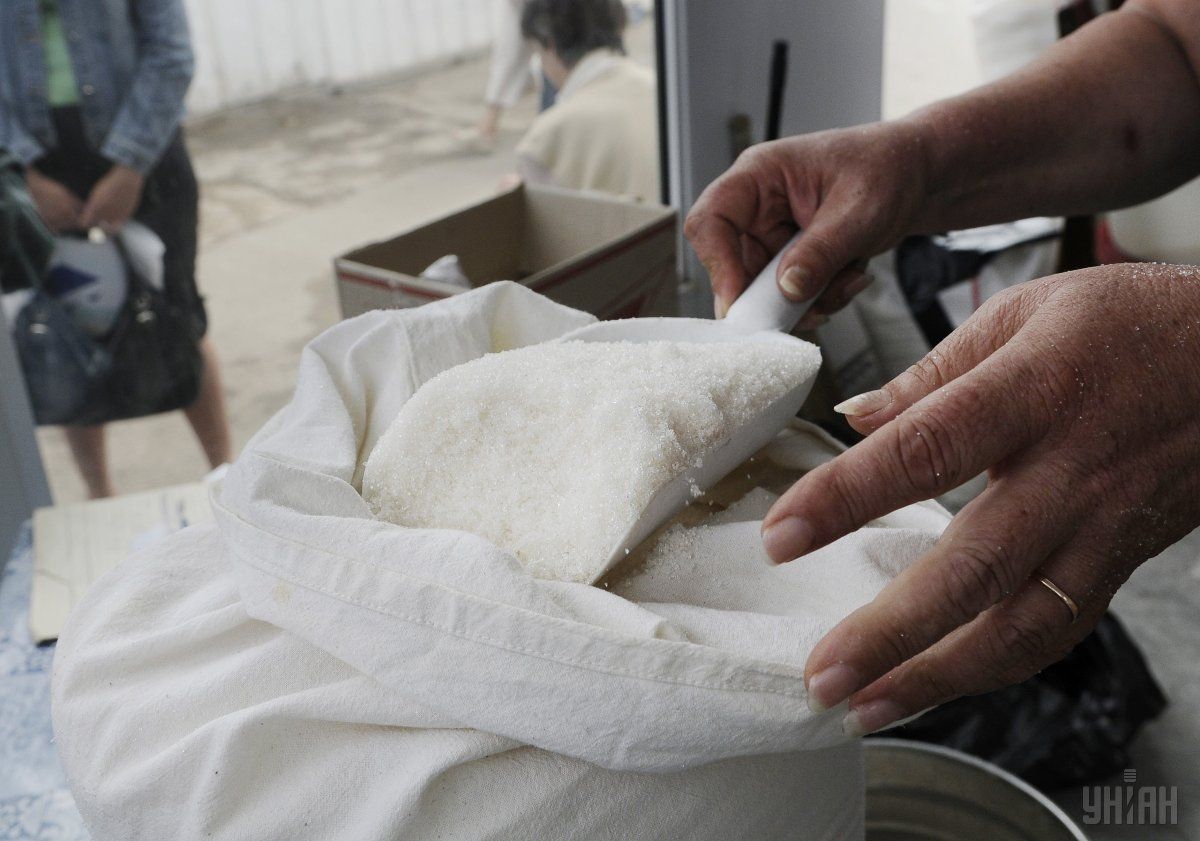
Another historic achievement was reported by Ukraine’s sugar producers, who had in recent years been experiencing the problem with selling the surplus of their products on the national market. Because of this, they had even deliberately curtailed production.
In the past year, domestic producers exported a record volume of sugar over the past ten years. Moreover, they did not sell it to the traditional markets of Russia, which had already been waging war against Ukraine for three years, and of its satellites. Instead, they sold their product to Asian and African markets, totally new to Ukraine. Ukrainian sugar was even purchased in Sri Lanka, where the people have traditionally consumed cane sugar rather than that made of beet.
As a result, Ukraine over 11 months of 2016 exported three times more sugar than in the whole 2015, which is 335,200 tonnes for $167 million. In 2016-2017 MY, the National Association UkrTsukor [Ukraine Sugar] expects growth of sugar production from 1.43 million tonnes last year to 2 million tonnes.
Are the record results bringing Ukraine’s agrarian producers to improving their financial condition? Here, there are still things to work on. According to experts of the National Scientific Center "Institute of Agrarian Economy", crops production profitability in 2016 remains at last year’s level, which is 43.1%, while sugar beets production will be reduced to 20.4%.
Livestock trends
However, not all areas of the agricultural sector show positive trends. The volume of Ukrainian livestock production in 2016 continued its fall. In particular, over 11 months, Ukraine has reduced milk production by 2.3%, to 9.7 million tonnes, and eggs - by 10.2%, to 14.1 billion pieces.
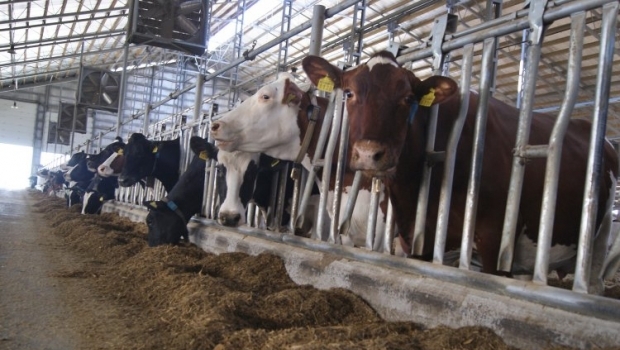
Analysts at the Institute of Agrarian Economy predict that the gross output of animal products in 2016 will decrease by 2.1% compared with the previous year – down to UAH 70 billion. And this, in turn, will affect the income of farmers. Experts expect that the profitability of these products in 2016 will be reduced by half, to 11.3%.
The year was particularly difficult for pork production. According to analysts, production in 2016 remained at the level of last year, amounting to about 750,000-760,000 tonnes. Pork production in individual households has fallen, while in the industrial sector there is slight positive dynamics - at the level of 0.5% in annual terms. Given the conditions in which this market developed in 2016, this trend can be considered positive. The thing is that in the past year, consumer demand for pork fell by about 20%, while production costs rose. Moreover, we shouldn’t forget about the outbreak of a dangerous viral disease, African Swine Fever (ASF), which in 2016 was spreading across Ukraine’s regions.
Since the beginning of the year, vets have registered 88 outbreaks of ASF, whereas in 2015 there were just 40 of them. This brings huge losses to Ukraine’s livestock and the state of the livestock industry as a whole.
"From the death of a single pig, the state budget loses some UAH 415... Potential losses caused by ASF may amount to more than UAH 1.5 billion," says head of the Association of Breeders Iryna Palamar.
The United Nations Food and Agriculture Organization (FAO) forecasts that the number of ASF outbreaks in Ukraine in 2017 may increase by almost 1.5 times – up to 117 cases. As of December 1, the pig population has decreased by 5.6%, to 7.1 million, compared to 2015.
Another dangerous viral infection, recorded in Ukraine, was avian flu. In November, the vets registered its first outbreak in Kherson region. Prior to this, cases of avian flu epidemic were recorded back in 2008 in Crimea.
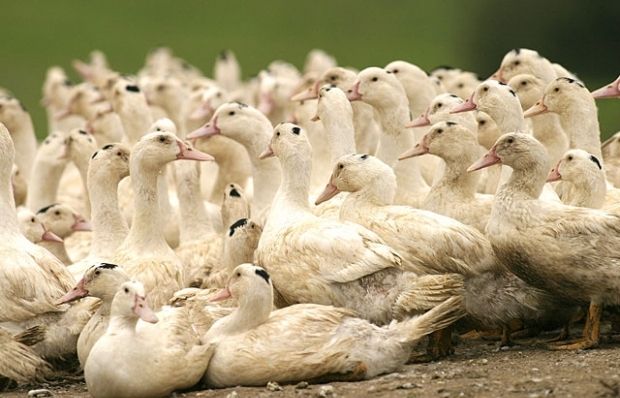
Once the disease has returned to Ukraine, the EU has imposed restrictions on Ukraine’s poultry exports and Hong Kong – on exports of table eggs.
In search of growth incentives
One of the most discussed topics in the past year was the lifting by the Verkhovna Rada on the government initiative of a special VAT regime for agribusinesses. Since the 1990s, farmers have not paid taxes to the treasury, leaving them in special bank accounts. Thus, they would annually receive tens of billions of hryvnias, which were then directed to the production development. However, agribusinesses often used their privileges unfairly.
According to the country’s key creditor, the International Monetary Fund, it is illogical and inefficient to provide significant benefits the whole sector of the economy, therefore the abolition of the special VAT regime has become one of the major requirements of Ukraine’s lender.
The authorities were initially supposed to transfer farmers to the general taxation regime back in 2016, but due to a powerful parliamentary lobby, that never happened. So in the past year, the special regime was maintained partly, as farmers paid to the budget a certain percentage of VAT charged, depending on the type of operations. For example, producers of grain and industrial crops gave the budget 85% of VAT, while the remaining 15% could be used for their own purposes, while livestock producers paid into the treasury 20% of VAT, leaving in their accounts another 80%. The rest distributed tax 50/50.
However, from January 1, 2017, this benefit will be abolished, which is agreed with the IMF. According to market participants and experts, this decision will result in growth in producer costs and have a negative impact on the problem areas, first of all, livestock production, horticulture, and vegetable growing.
Realizing this, the Ministry of Agrarian Policy took up the development of a mechanism that would allow farmers to compensate for losses from the transition to the general taxation regime. And such a solution was found.
The Ministry has initiated the introduction of a new mechanism - over the next five years, 1% of the country’s gross agricultural production will be allocated to support domestic agriculture each year.
"This is really a historic decision because there has never been such a model in Ukraine yet," the Minister of Agrarian Policy and Food of Ukraine Taras Kutoviy said.
In the state budget-2017, UAH 5.5 billion will be allocated for the farmers. Of these, UAH 4 billion is a fixed amount of aid in the fields of livestock production, crop production, vegetable production, as well as in the segments of fruit, potatoes, and sugar beet.
"UAH 4 billion is not the amount that would satisfy the entire market, but this is the first step. This is very important, and I would argue that in the following years, agricultural industry will be growing and helping the development of the Ukrainian economy," said Acting chief of Ukrainian Agrarian Confederation Maria Didukh.
The list of urgent problems that hamper the development of the national agricultural sector, according to market participants, also includes problems with the delivery of their products to consumers – both in Ukraine and abroad.
But here the situation is changing rapidly. In some way, business conditions for farmers will improve and in some ways, they will become tougher.

In response to criticism from farmers complaining about the shortage of grain railcars, Ukrzaliznytsia in 2017 plans to buy about 1,000 railcars of this type.
The Infrastructure Ministry in the coming year intends to start saving local highways from barbaric destruction by heavy trucks. It is no secret that much of this mess was due to agricultural producers willing to minimize logistics costs with the excess load of trucks bound for ports and elevators.
In 2017, to improve the quality of roads, Ukrainian authorities intend to allocate more than UAH 35 billion, which will also be a record sum for Ukraine. Road authorities are planning to buy about 80 weight measuring mobile systems to check lorries’ load on the country’s main roads.
Ambitious goals
The coming year promises to be no less intense for the Ukrainian individual farmers and workers of related processing industries. The agricultural ministry has set a series of ambitious targets, which intends to solve in the next 12 months.
The ministry’s main priorities are to ensure direct state support to small and medium agricultural farms, and an active privatization of state-owned agribusinesses, first of all, UkrSpirt.
Also, the ministry intends to work on the development of niche and organic production, land reclamation projects, and increasing food safety.
The Ministry is actively working on the search for new markets for domestic agricultural products. In 2016, Ukrainian food exports rose by 13%, to about $15 billion. The main importers were Asia (45%), Europe (34%), and Africa (14%). The share of CIS countries continued to decline, down to 7%.
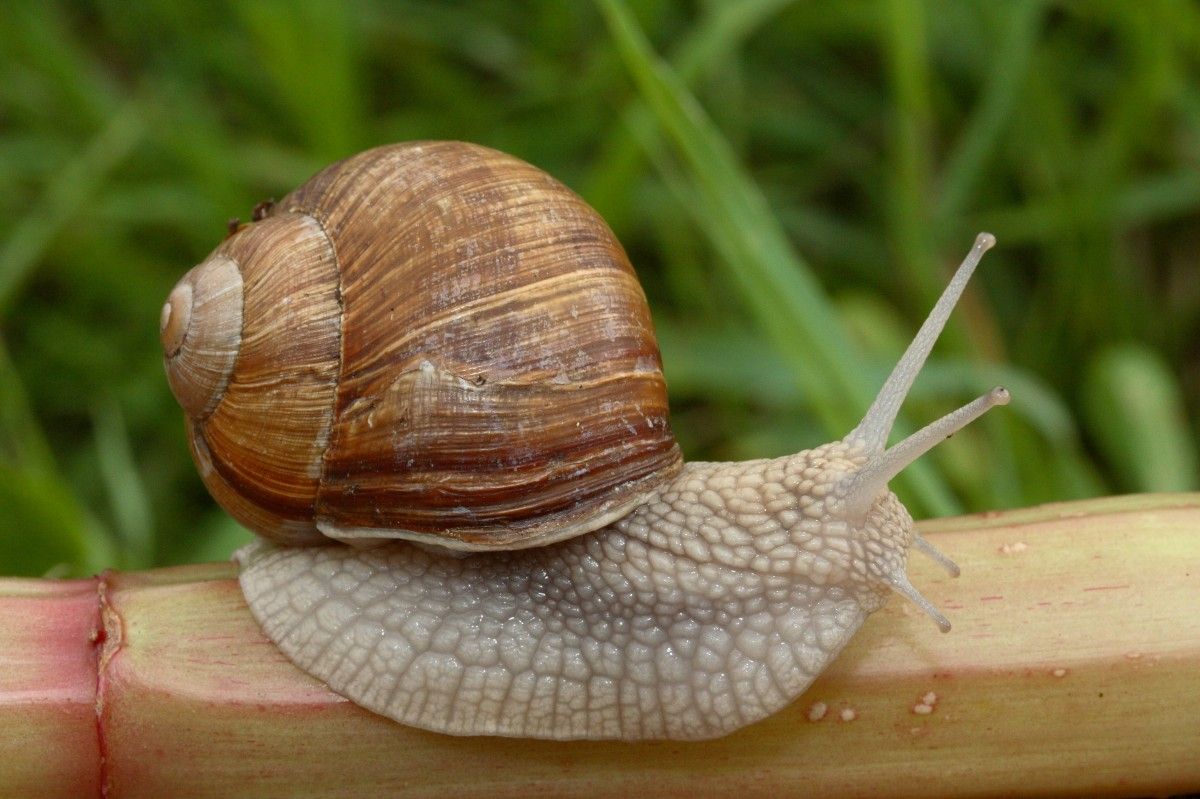
Ukraine’s urgent task is to improve the quality of its export policy. So far, the main share of Ukrainian agricultural exports is raw products with no added value. Domestic producers continue to supply to foreign markets raw material, which was subsequently processed by the more developed countries and resold at higher prices.
A good example is the production and trade of such an exotic product for Ukraine’s consumers as snails.
Over the ten months of 2016, Ukraine has exported 347 tonnes of snails, which is ten times more than the volume of some more traditional exports, like bacon and lamb. But snails are being sold as raw material, and not to the main consumers -- France, Hungary, and Italy – but the neighboring countries -- Romania and Lithuania. These countries resell most of the snails to end-consumers under the guise of their own products at five times the price of raw materials purchased in Ukraine.
"We need now to focus on the idea that EU investments should be directed to support processing and promotion of products with greater added value," said Ukraine’s Trade Representative Natalia Mykolska.
Currently, domestic manufacturers are actively working on expanding their presence in the markets of Ukraine’s key trading partner, the EU. At the moment, 277 domestic companies are entitled to supply their agricultural products and foodstuffs to Europe, of which 97 companies are producers of food products.
The Ministry of Agrarian Policy and Food is also working on discovering new markets. Next year, the ministry plans to open the Chinese market for Ukrainian dairy products, poultry, beef, as well as a number of crops and fruits. Also, there are discussions about entering the Jordanian market with chilled or frozen beef and gaining positions of Ukraine’s poultry products in the markets of Japan, Canada, Singapore, Korea, and the United States.
Expanding the presence of Ukrainian goods in world markets will facilitate GDP growth, becoming a source of foreign currency flows in Ukraine’s economy and agricultural sector.
But no less important in 2017 will be the task to carry out a comprehensive land reform and, probably, to finally lift the moratorium on farmland sale, on which both a progressive part of Ukraine’s agrarians and international lenders count.
Nadia Burbela

